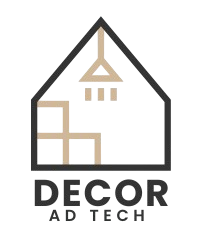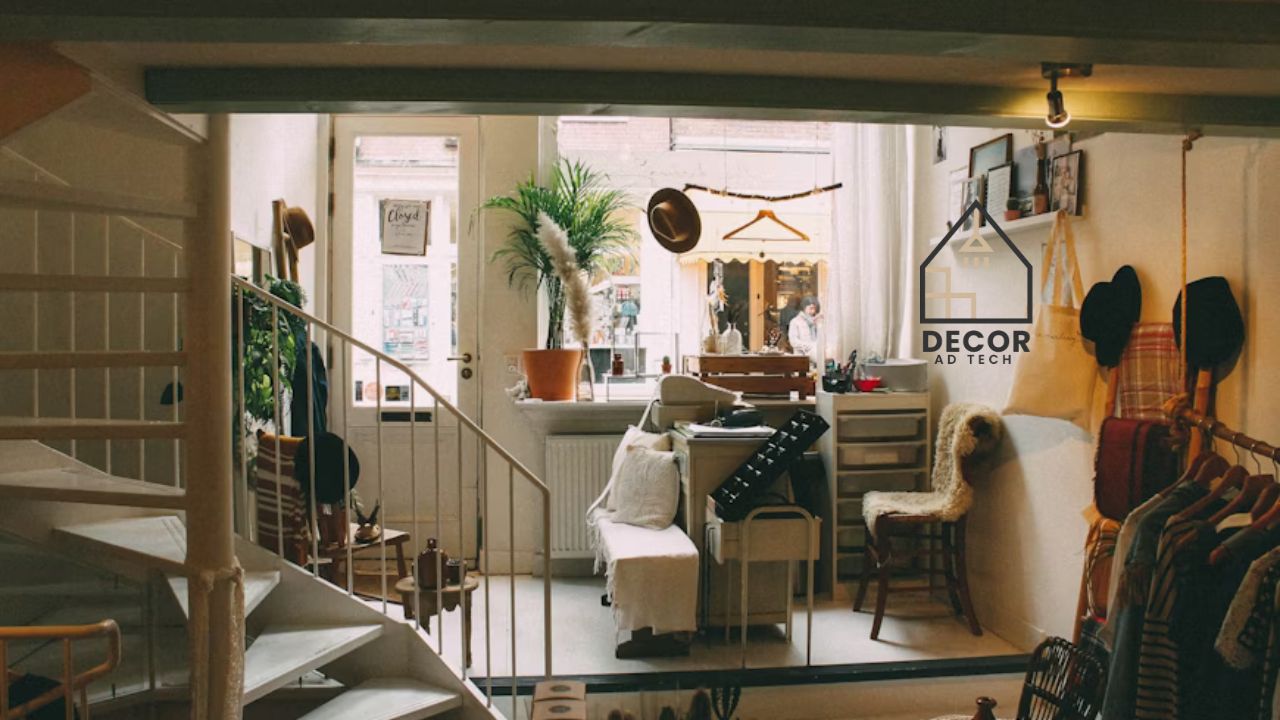Redecorating your home is an exciting process. Whether you’re swapping out furniture, upgrading your design aesthetic, or simply decluttering for a cleaner look, refreshing your space can breathe new life into your daily routine. But along with all the inspiration comes a logistical challenge: what do you do with all your stuff while the transformation unfolds?
From bulky sofas to fragile art pieces, your belongings deserve just as much care during a redesign as they do when proudly on display. Here’s how to manage your items smartly during a redecoration project without letting clutter or chaos take over.
Why You Should Plan for Storage During Redecoration
Redecorating often means working in stages, with periods of disarray in between. Temporary storage solutions can:
- Protect valuables from paint splatters, dust, or accidental damage.
- Create clear zones for movement and decision-making.
- Help you see your space with fresh eyes (and fewer distractions).
For large projects or full-room makeovers, having a clear plan for what goes where and when can significantly reduce stress.
Tips for Managing Belongings During Redecoration
Planning ahead is essential when revamping your space. Without a system in place, clutter can pile up quickly and disrupt the creative flow. These tips can help you stay organized and stress-free while navigating your redesign.
1. Prioritize and Pare Down
Before you think about where to store your things, consider what you actually want to keep. Redecorating is the perfect excuse to declutter. Go room by room, identifying what can be donated, recycled, or sold. The less you keep, the less you have to store.
2. Store Room by Room
Instead of packing up your entire home in one go, tackle one area at a time. This allows you to stay organized and avoid feeling overwhelmed. Label boxes clearly with room names and contents to simplify unpacking later.
3. Use Vertical and Underutilized Spaces
For items that don’t need to leave the house, get creative with your storage. Use:
- Under-bed containers
- High shelving units
- Hanging organizers in closets
This keeps everyday essentials accessible without crowding your living areas.
4. Consider Portable Storage Bins
Clear plastic bins with lids are ideal for protecting decor, kitchenware, and small electronics. Because they’re stackable and transparent, you can quickly find what you need without opening every box.
5. Protect Fragile Items
Use bubble wrap, packing paper, or even old towels to secure fragile decor. Group similar items together and mark boxes as “FRAGILE” on multiple sides. Avoid stacking these underneath heavier boxes.
6. Rent Off-Site Storage If Needed
For large-scale renovations or full-room overhauls, keeping extra furniture and decor in your home might not be feasible. That’s when external solutions like a storage unit come in handy. If you’re unsure what size unit fits your needs, online resources that estimate unit sizes can help you estimate space efficiently and avoid overpaying.
Knowing where to keep belongings when redesigning can make or break the flow of your project. Off-site storage offers flexibility, peace of mind, and more room to create without compromise.
When you start redecorating, it’s easy to let things pile up such as furniture, accent pieces, seasonal items, all of which can make the process more chaotic than it needs to be. For those items you still love but don’t need immediately, Self Storage Units North Wilkesboro offer a safe, out-of-sight solution to keep your belongings secure while your space gets the update it deserves.
Making the Most of Your Storage Options
If you’ve decided to use a storage unit, take full advantage of it by organizing your items for both protection and ease of retrieval. Group items by category (e.g., seasonal decor, living room furniture, kitchen supplies) and create an inventory list. This not only helps you stay organized during the redesign but also saves time when it’s time to bring everything back in.
Temperature-sensitive items like wooden furniture, electronics, and artwork may benefit from climate-controlled storage. While this might come at a slightly higher price, it can help preserve the integrity of your valuables long-term.
Also, consider storing infrequently used items for longer than the duration of your redesign. Think of it as a trial separation. If you don’t miss something while it’s in storage, you may be ready to donate it or let it go permanently. This mindset can help maintain a more streamlined, clutter-free home in the long run.
Planning Around the Unexpected
Sometimes, redecoration projects take longer than expected. Contractors might face delays, furniture delivery dates can shift, or design decisions may evolve as you go. That’s why flexibility is key. Building in a buffer period for storage, even beyond your initial timeline, can prevent last-minute stress.
If you’re living in your home during renovations, be strategic about what stays in the house. Set up a temporary “safe zone” in a guest room or corner of the living area to house the essentials: daily clothing, kitchen basics, and important documents. This not only gives you a sense of normalcy amid the chaos but also helps protect your mental space during the upheaval.
Lastly, don’t underestimate the power of digital tools. Use inventory apps to track where items are stored or take pictures of box contents before sealing them up. This saves time later and ensures that nothing important goes missing in the shuffle.
Final Thoughts
Redecorating is an opportunity to reimagine not just your space, but your relationship to the items in it. With an innovative approach to managing your belongings, you can protect what matters, stay organized, and make your design process smoother from start to finish. After all, the journey to a refreshed home should feel as harmonious as the end result.
Admin Recommendation
How to Upgrade My Home Decoradtech
Decoradtech Smart Home Ideas by DecoratorAdvice
DecorAdTech Smart Home Ideas by DecoratorAdvice











